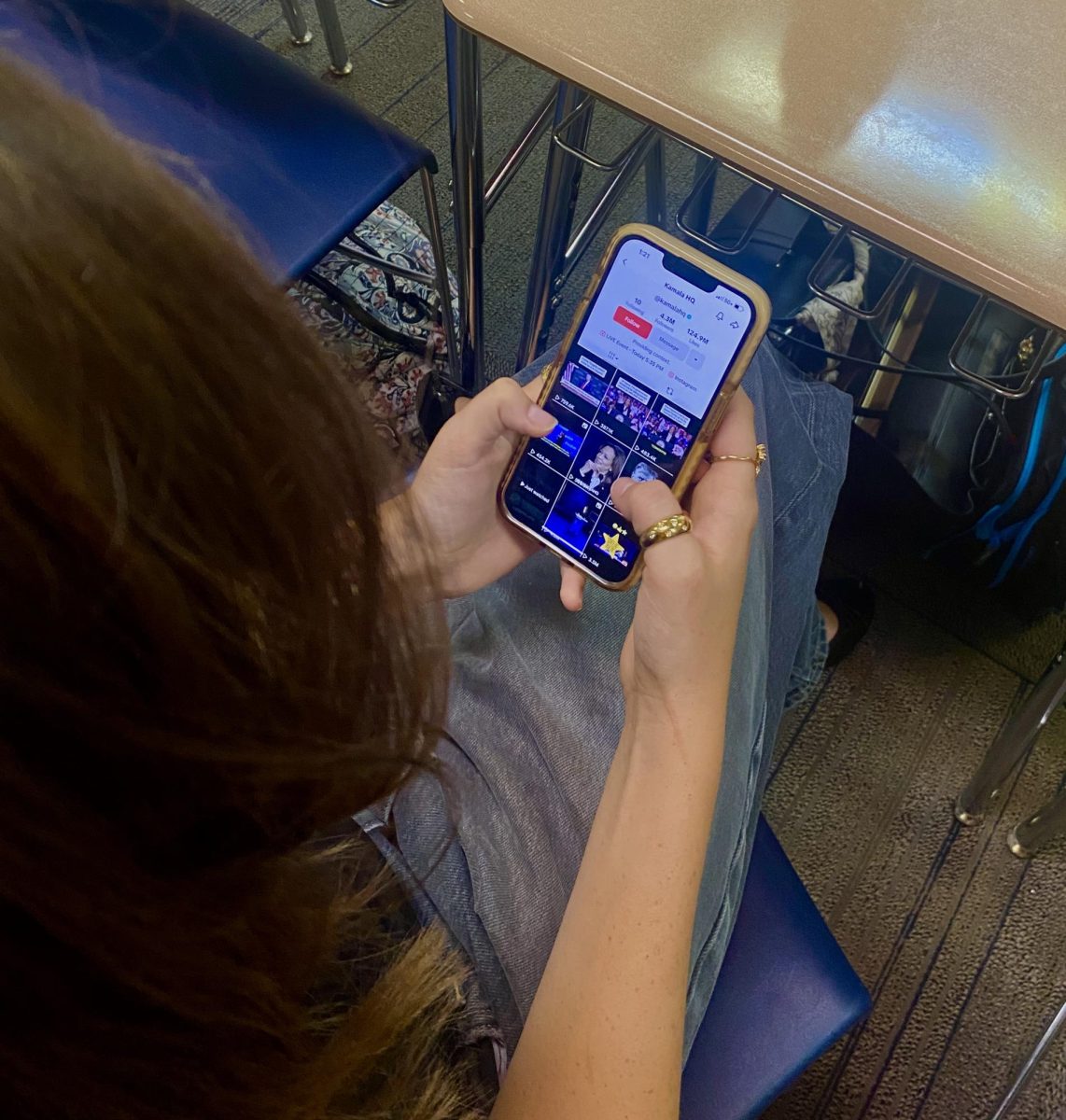
The Big Ten conference announced on Sept. 16 that their teams will play a shortened conference-only schedule this year, reversing a previous statement postponing fall sports for the 2020 season.
The announcement came with new requirements for medical protocols, including daily antigen testing and the establishment of a Chief Infection Officer for each of the 14 universities. The role of the new officer is to oversee and collect data regarding COVID-19 for student-athletes and coaches in each sport.
Originally, the Big Ten Council of Presidents and Chancellors voted 11-3 on Aug. 11 to postpone sports. Yet after the start of other conference’s sports which were not postponed, the rise of the #WeWantToPlay movement and a discussion between President Trump and Big Ten Commissioner Kevin Warren, they unanimously voted to bring football back starting the weekend of Oct. 23-24.
Most college football fans are happy about the decision, like PV senior Nathan Lokenvitz. “It has been a long time since the last Big Ten football game,” he recalled. “I am looking forward to seeing the conference play [again] as long as they follow the COVID-19 protocols.” Lokenvitz plans on attending the University of Iowa next year.
Another Iowa fan, senior Sarah Babka, thinks it is a good idea as well. “It provides entertainment for many, as well as an opportunity for the players to showcase their skills before they pursue a professional football career.” She noted that although the schedule is smaller, it will still be adequate.
Furthermore, the conference decided to prohibit the sale of tickets to the public this year, which means there will not be fans in the stands, except maybe family members and cardboard cutouts.
Lokenvitz understands this decision. “I feel like [it] is in the best interest for player, staff, and fan safety. As disappointing as it is to not have fans right now, it is probably the best idea to start off with no public tickets,” he explained. Lokenvitz hopes once the pandemic dies down, they can start selling tickets again.
The prohibition is not just a letdown to fans hoping to watch some games in-person; it will take a major toll on the universities who used the revenue from football games to pay for their sports.
For example, Ohio State would lose close to $50 million without fans. This may be one of the reasons Ohio State, along with Iowa and Nebraska, originally voted in favor of playing the full season.
Iowa ended up cutting programs that “will take years to overcome,” according to school president Bruce Harreld and athletic director Gary Barta. The school discontinued men’s gymnastics, men’s tennis and men’s and women’s swimming and diving.
To make up for lost revenue, many universities are selling cardboard cutouts with varying features. Iowa has a package for $500 that gives fans a cutout of themself autographed by head coach Kirk Ferentz.
Many aspects of the new plan are no surprise to football fans. The Big 12, ACC and SEC conferences have already gone conference-only with the exception of one game. The Big 12 also shortened their schedule, which started on Sept. 26, with a ten-game-long season. The Big Ten schedule is a nine-game-long season including the conference championship game.
And what of the PAC-12, the last of the five most prominent conferences (Power 5)? A week after the Big Ten announced their return, the PAC-12 announced a seven-game-long schedule starting on Nov. 6. At that time, all conferences in the Power 5 will be playing football.
Anticipation for the weekend of Oct. 23 is rising as players, coaches and fans prepare for their first Big Ten football game of the 2020 season.















